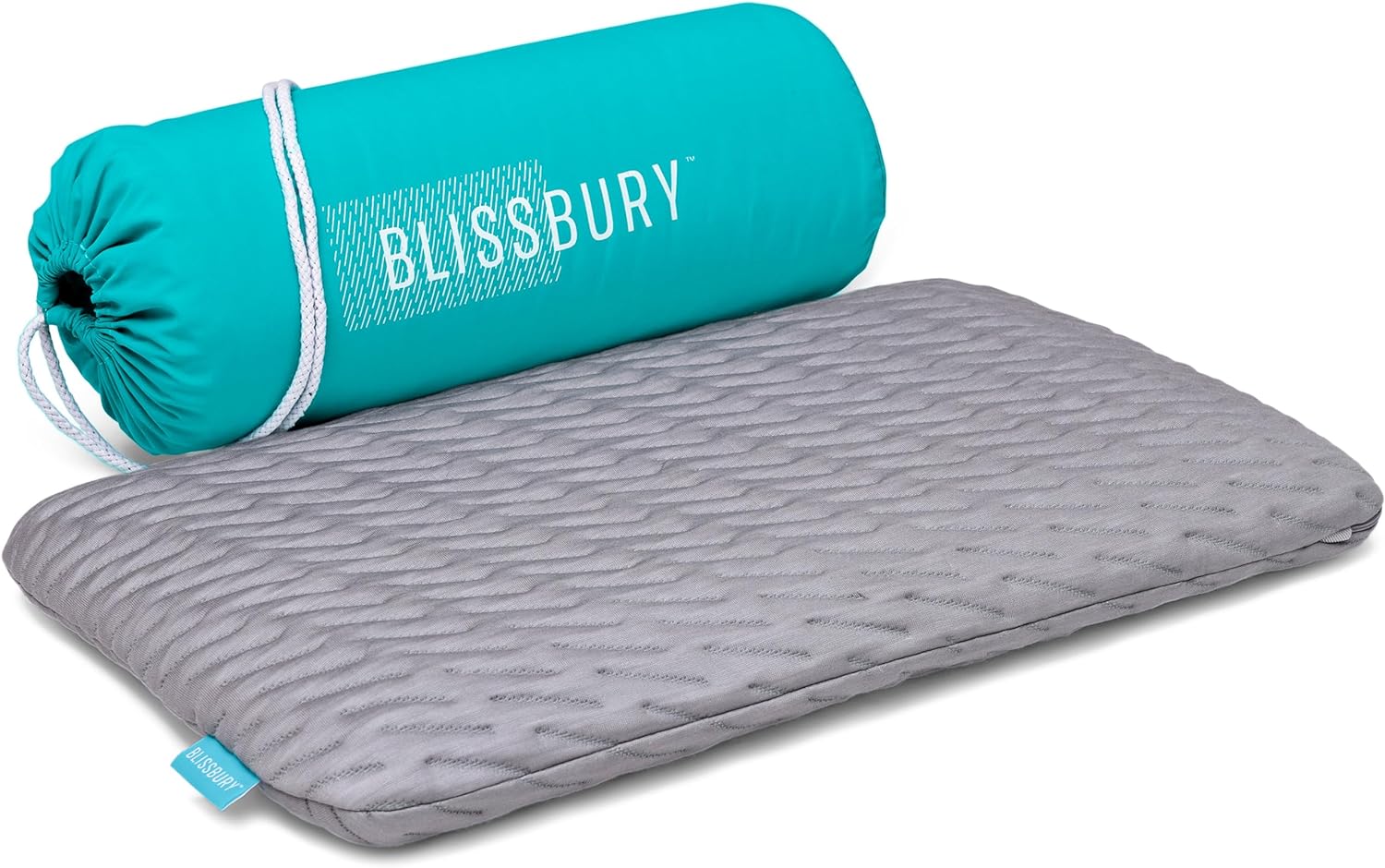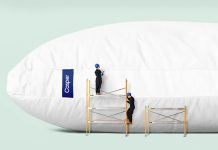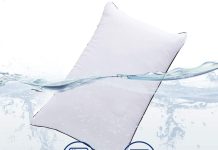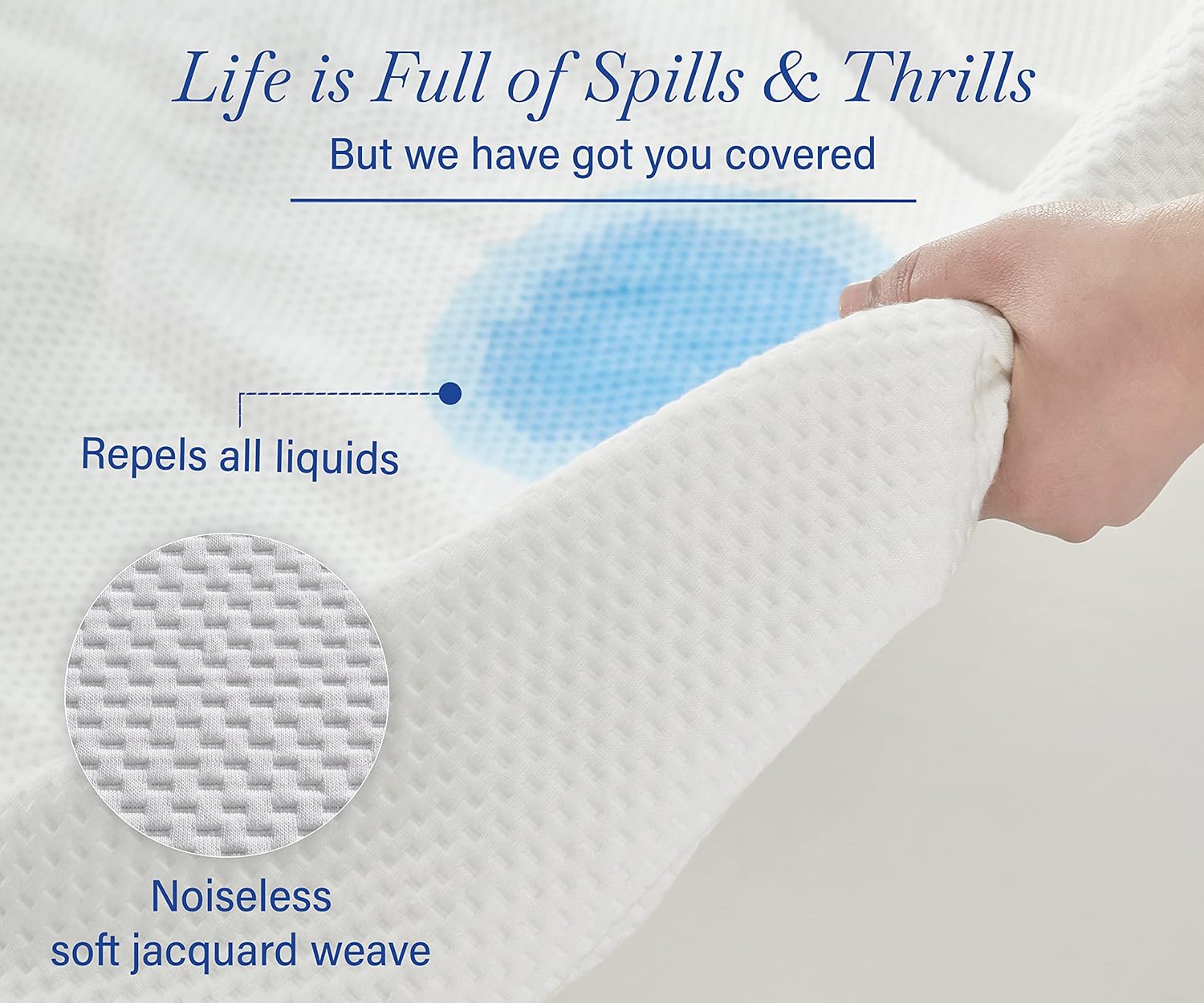Pillows, those fluffy companions we rely on for a good night’s sleep, may start off plump and supportive, but over time, it’s disheartening to see them gradually lose their loft and shape. Have you ever wondered what causes these beloved sleep essentials to deflate and flatten? In this article, we’ll uncover the common culprits behind the unfortunate demise of pillow loft and shape, shedding light on factors that may be affecting the quality of your slumber. So, get ready to discover the secrets to maintaining those heavenly clouds under your head!
Review contents
Migration of Filling Material
Pillows, whether natural or synthetic, are susceptible to the migration of filling material over time. This phenomenon can cause pillows to lose their loft and shape, resulting in a less comfortable and supportive sleep experience.
Natural Feather and Down Pillows
Natural feather and down pillows are filled with the soft plumage found on birds. While these materials provide excellent insulation and a luxurious feel, they are prone to migration. Over time, the feathers and down can shift within the pillow, creating uneven distribution and reducing the loft of the pillow. This can lead to a lumpy or flat surface, diminishing the pillow’s ability to provide proper support.
Synthetic Fill Pillows
Synthetic fill pillows, such as polyester fiberfill, are designed to mimic the feel and loft of natural materials. However, even though synthetic fillings are typically less prone to migration than natural fillings, they can still shift and clump over time. This is particularly true for cheaper or low-quality synthetic pillows. The migration of filling material in synthetic pillows can result in uneven support and reduced loft, making the pillow less comfortable and supportive.
Shredded Foam Pillows
Shredded foam pillows, often made from memory foam or latex foam, offer a unique blend of comfort and support. However, even these types of pillows are not immune to the migration of filling material. The shredded foam particles inside the pillow may shift and compress over time, leading to a loss of loft and shape. This can affect the pillow’s ability to contour to the head and neck, impacting overall comfort and support.
Age and Usage
The age and usage of a pillow can significantly impact its ability to maintain its loft and shape. Here are some factors to consider:
Frequency of Use
The more frequently a pillow is used, the more likely it is to experience wear and tear. Regular use can lead to the compression and deformation of the filling material, causing the pillow to lose its original shape and loft. Therefore, pillows that are used every night or for extended periods throughout the day may experience faster changes in their shape and support.
Lifespan of Pillow
Every pillow has a lifespan, which refers to the expected duration of optimal comfort and support. As pillows age, the materials inside can break down, resulting in loss of loft and shape. Natural feather and down pillows typically have a shorter lifespan compared to synthetic or foam pillows. On average, a pillow should be replaced every 1 to 2 years to ensure optimal sleep comfort.
Compression and Deformation
Pillow compression and deformation occur over time due to the weight of the head and external pressure. When we lie down on a pillow, the weight of our heads compresses the filling material, causing it to flatten and lose its shape. This compression becomes more pronounced with regular use, leading to a decrease in loft and support. Additionally, external pressure, such as leaning against the pillow or placing heavy objects on it, can exacerbate compression and deformation.
Improper Cleaning and Care
Improper cleaning and care practices can accelerate the loss of loft and shape in pillows. It is essential to follow the manufacturer’s guidelines for cleaning and care to maintain the pillow’s integrity.
Washing and Drying Methods
When pillows are improperly washed and dried, the filling material can clump together or become damaged, resulting in a loss of loft and shape. It is crucial to use the appropriate washing machine settings and detergents for pillows. Additionally, pillows should be thoroughly dried to prevent the growth of mold and mildew, which can further impact the pillow’s shape and structure.
Chemical Exposure
Exposure to harsh chemicals, such as bleach or strong cleaning agents, can deteriorate the materials inside pillows. These chemicals can cause the filling material to break down, lose its loft, and become lumpy. It is essential to avoid using harsh cleaning agents and opt for gentle, pillow-safe alternatives to ensure the longevity of the pillow’s loft and shape.
Humidity and Temperature
Humidity and temperature levels in the environment can affect the integrity of pillows, contributing to the loss of loft and shape.
High Humidity
In areas with high humidity, pillows can absorb moisture from the air, leading to clumping and a decrease in loft. The moisture can cause the filling material to swell and become compacted, resulting in an uneven surface and reduced support. To mitigate the effects of high humidity, pillows should be kept in a well-ventilated area or stored in a moisture-controlled environment.
Excessive Heat or Cold
Extreme temperatures can also impact the loft and shape of pillows. Excessive heat can cause the filling material to soften and lose its resilience, resulting in flattening and reduced support. Conversely, extreme cold can make the filling material stiff and less responsive, affecting the pillow’s ability to contour to the head and neck. Proper temperature control in the sleeping environment can help maintain the loft and shape of pillows.
Gravity and Weight
External forces, such as our resting habits and external pressure, exerted on pillows can contribute to the loss of loft and shape.
Resting Habits
The way we rest our heads on pillows can impact their shape and support over time. Some individuals may have a tendency to rest their heads in a specific position, causing the filling material to become compressed and unevenly distributed. Changing resting habits periodically or using pillows designed to accommodate specific sleeping positions can help distribute pressure more evenly and prevent excessive compression.
External Pressure
External pressure, such as leaning against a pillow while sitting or placing heavy objects on it, can also impact its loft and shape. Constant pressure on a pillow can cause the filling material to compress and flatten, leading to a less supportive sleep surface. It is essential to handle pillows with care and avoid subjecting them to excessive external pressure to maintain their loft and shape.
Quality of Materials
The quality of the materials used in pillows can significantly impact their ability to retain their loft and shape over time.
Low-Quality Fillings
Pillows filled with low-quality materials are more prone to migration and clumping, leading to a loss of loft and uneven support. Cheap polyester fiberfill or low-grade shredded foam may lack the resilience and durability of higher-quality alternatives. Investing in pillows with superior-quality fillings can help ensure better loft retention and overall longevity.
Inferior Pillow Fabrics
The fabric covering of a pillow can also influence its ability to maintain its shape. Inferior pillow fabrics may not provide adequate protection for the filling material, leading to wear and tear that affects the pillow’s overall structure. Rips, tears, or thinning of the fabric can result in the migration of fillings and an uneven surface. Opting for pillows with high-quality, durable fabrics can help prevent these issues and promote better shape retention.
Allergens and Dust Mites
Allergens and dust mites can accumulate in pillows over time, affecting their loft and shape.
Allergic Reactions
Individuals who suffer from allergies may notice a decrease in the loft and shape of their pillows due to allergen accumulation. Dust, pollen, pet dander, and other allergens can settle in the filling material and cause irritation, leading to sneezing, coughing, and itching. Regular washing and airing out of pillows can help reduce allergen buildup and maintain the shape and integrity of the fillings.
Infestation
Dust mites are microscopic organisms that feed on dead skin cells and thrive in warm and humid environments. Infestation by dust mites can lead to an accumulation of waste and debris in pillows, causing the fillings to clump together and reduce in loft. Regular cleaning, using hypoallergenic pillow covers, and exposing pillows to fresh air and sunlight can help deter dust mites and prevent the migration of filling material.
Lack of Pillow Maintenance
Proper maintenance is crucial for preserving the loft and shape of pillows over time.
Pillow Fluffing
Regular fluffing of pillows helps redistribute the filling material and restore their loft and shape. Gentle fluffing can be done by hand, while some pillows can be placed in the dryer on a low or no-heat setting to restore their volume. Fluffing pillows on a regular basis can prevent the migration and clumping of fillings, ensuring consistent support and comfort.
Pillow Rotation
Rotating pillows periodically can help distribute wear and pressure more evenly, preventing excessive deformation and loss of shape. Alternating between multiple pillows allows each pillow to recover its loft while reducing the risk of long-term compression. Regular rotation can prolong the lifespan of pillows and maintain their original shape for longer.
Incorrect Pillow Choice
Choosing the wrong type of pillow in terms of firmness and size can contribute to the loss of loft and shape.
Incompatible Pillow Firmness
The firmness of a pillow should be compatible with an individual’s preferred sleeping position and personal comfort preferences. For example, back sleepers typically require a medium-firm pillow to provide proper support, while side sleepers may benefit from a firmer pillow. Using a pillow with incorrect firmness can lead to poor spinal alignment, compressing the filling material and causing a loss of shape.
Inappropriate Pillow Size
Using a pillow that is too small or too large for an individual’s body frame and sleeping position can also affect its loft and shape. A pillow that is too small may not adequately support the head and neck, leading to compression and discomfort. On the other hand, a pillow that is too large can cause the head to be elevated at an unnatural angle, straining the neck and affecting the pillow’s shape. Selecting a pillow size that suits one’s specific needs can help maintain optimal loft and shape.
Manufacturing Defects
In some cases, pillows may experience loss of loft and shape due to manufacturing defects.
Faulty Construction
Manufacturing defects, such as uneven filling distribution or insufficient filling material, can result in pillows that lose their original shape. These defects may become more apparent over time as the filling material shifts and settles unevenly. Inspecting pillows for any visible defects before purchase can help prevent issues with shape retention down the line.
Inadequate Stitching
Inferior stitching can lead to the migration of filling material and reduced shape retention in pillows. Weak or loose stitching can allow the fillings to escape or clump together, resulting in an uneven surface and diminished support. Investing in pillows with sturdy stitching and durable construction can help ensure better retention of loft and shape.
In conclusion, the migration of filling material, age and usage, improper cleaning and care, humidity and temperature, gravity and weight, quality of materials, allergens and dust mites, lack of pillow maintenance, incorrect pillow choice, and manufacturing defects are all factors that can contribute to the loss of loft and shape in pillows. By understanding and addressing these factors, we can extend the lifespan of our pillows and continue to enjoy a comfortable and supportive sleep experience. Remember to choose high-quality pillows, follow proper cleaning and care instructions, and regularly fluff and rotate your pillows for optimal shape retention.


























